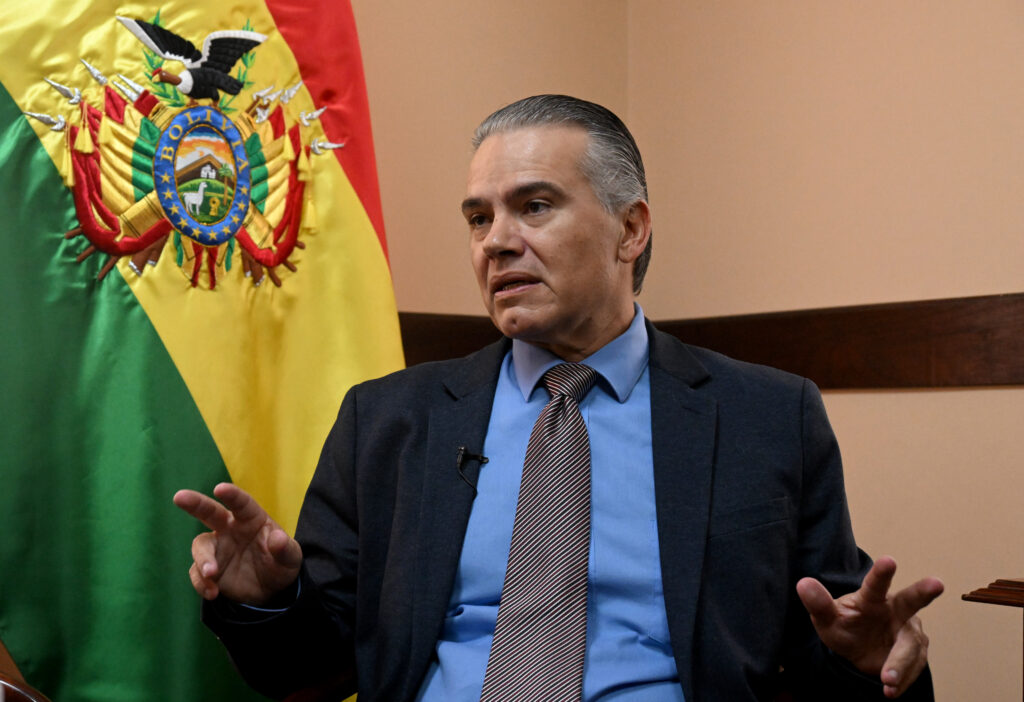L’Assemblée rejette à la quasi-unanimité le budget de l’Etat
Fait inédit dans la Ve République: la quasi totalité de l’Assemblée a rejeté dans la nuit de vendredi à samedi le budget de l’Etat, un vote sans surprise mais qui augure mal de son adoption avant la fin de l’année.Après 125 heures de débats parfois houleux sur la fiscalité du patrimoine, ou celle des grandes entreprises, 404 députés ont rejeté la partie “recettes” du texte (un pour, 84 abstentions), emportant ainsi l’ensemble du projet de loi, sans même étudier la partie “dépenses”.Les groupes de gauche et le RN ont voté contre, ceux du camp gouvernemental se sont divisés entre votes contre et abstentions. Seul à voter pour, le député du groupe centriste Liot Harold Huwart.L’Assemblée avait déjà rejeté en 2024 le budget de l’État, de manière inédite sous la Ve République. Mais c’est une première qu’il le soit avec une telle ampleur.- “Travail utile” -Si elle a vu dans le “plus long débat budgétaire” de la Ve République, un “travail utile”, la ministre des Comptes publics Amélie de Montchalin a aussi déploré un “certain nombre de mesures inconstitutionnelles, irréalistes ou inapplicables”.Sur X, elle a dénoncé l'”attitude cynique” des “extrêmes”, se disant cependant “convaincue” de la possibilité d’un compromis. Le camp gouvernemental a largement invoqué les mesures votées par les oppositions – “des horreurs économiques”, selon Paul Midy (Renaissance) – pour justifier son absence de soutien au texte de l’exécutif. Le Premier ministre Sébastien Lecornu a lui pointé vendredi des “coups tactiques des extrêmes qui rendent la copie insincère”.Dans le viseur du camp gouvernemental, plusieurs hausses d’impôts, dont un “impôt universel” sur les multinationales censé rapporter 26 milliards d’euros, une hausse de taxe sur les rachats d’action, ou une contribution sur les dividendes.Avec elles, le déficit passerait à “4,1%” du PIB (contre un objectif à 4,7% dans le texte initial), sans elles il serait de “5,3%”, a estimé Amélie de Montchalin, les jugeant “fragiles”.Eric Coquerel, président LFI de la commission des Finances, a rejeté l’argument, estimant que le texte initial “présenté par un gouvernement comme s’il était majoritaire”, était condamné à “déplai(re) à tout le monde”. “Ce texte n’est le texte de personne en totalité, mais chacun doit prendre une part”, a rétorqué le président du groupe MoDem Marc Fesneau.Jean-Philippe Tanguy (RN) n’y a vu qu’une “diversion”, estimant que le gouvernement fera passer son texte initial, par ordonnances ou par un 49.3.- “Le compte n’y est pas” -Le PS, qui a accepté de ne pas censurer le Premier ministre en échange de la suspension de la réforme des retraites et d’un abandon du 49.3, espérait que les débats permettent d’arracher une mesure de justice fiscale, “taxe Zucman” ou succédané.Des propositions rejetées. Et la taxe sur les holdings proposée par le gouvernement a même été édulcorée à l’initiative de la droite. Au coeur de la nuit, les socialistes avaient obtenu le vote d’un Impôt sur la fortune improductive, à l’écriture bancale.Les députés ont aussi adopté une hausse de deux milliards d’euros de la surtaxe sur les bénéfices des grandes entreprises, un doublement de la taxe sur les géants du numérique, ou encore le plafonnement de certaines niches fiscales comme le pacte Dutreil.Mais “le compte n’y est pas”, a lancé Boris Vallaud (PS), estimant les “recettes” insuffisantes pour “effacer” des économies irritantes sur les politiques publiques. Et le chef des députés socialistes de dénoncer “l’intransigeance d’une partie du bloc central” et d’appeler Sébastien Lecornu à “interroger l’autorité qui est la sienne” sur ses troupes.Le PS continuera toutefois à “chercher le compromis”, a-t-il assuré.Le budget va désormais être examiné par le Sénat, qui devrait en débattre dans l’hémicycle dès jeudi, en repartant du projet initial du gouvernement.Son adoption avant la fin de l’année apparaît comme une gageure, en terme de délais comme en terme de majorité pour le voter, mais le gouvernement espère : “il faut que cela fonctionne”, a martelé le Premier ministre.Le rapporteur général du budget Philippe Juvin (LR) suggère lui au gouvernement de recourir finalement à l’article 49.3 de la Constitution, pour faire passer un budget avant le 31 décembre. Le pari étant qu’il serait plus facile pour le PS de ne pas censurer le gouvernement que de voter pour un budget, traditionnel marqueur de l’appartenance à une majorité.Le gouvernement peut aussi faire adopter une “loi spéciale” pour percevoir les impôts existants, avant de reprendre les débats budgétaires en début d’année.Un scénario privilégié par plusieurs cadres du camp gouvernemental, mais M. Lecornu a estimé que ce n’était “pas la solution”. Le gouvernement écarte aussi a priori le scénario des ordonnances.









